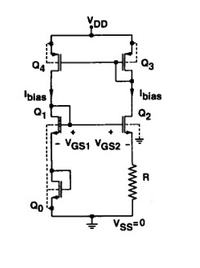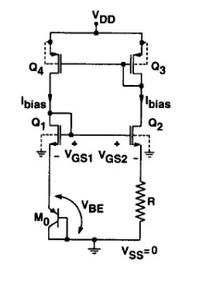jamaleddin mollasalmani
Newbie level 5

- Joined
- Dec 29, 2012
- Messages
- 9
- Helped
- 1
- Reputation
- 2
- Reaction score
- 1
- Trophy points
- 1,283
- Activity points
- 1,342
Hello to all,
As i know there are three main different bandgap references:
1-BJT core Bandgap reference
2-Fully Mosfet bandgap reference
3-Mixed BJT and MOSFET core Bandgap Reference
I wanna know which of these three are better for designing a sub-1v and up-1v bandgap references with less temprature coefficient for output voltage(less ppm/c)?
Or better i ask can we judge these three in this way?
Thanks,
Sincerely,
jamaleddin Mollasalmani
As i know there are three main different bandgap references:
1-BJT core Bandgap reference
2-Fully Mosfet bandgap reference
3-Mixed BJT and MOSFET core Bandgap Reference
I wanna know which of these three are better for designing a sub-1v and up-1v bandgap references with less temprature coefficient for output voltage(less ppm/c)?
Or better i ask can we judge these three in this way?
Thanks,
Sincerely,
jamaleddin Mollasalmani
Last edited:


